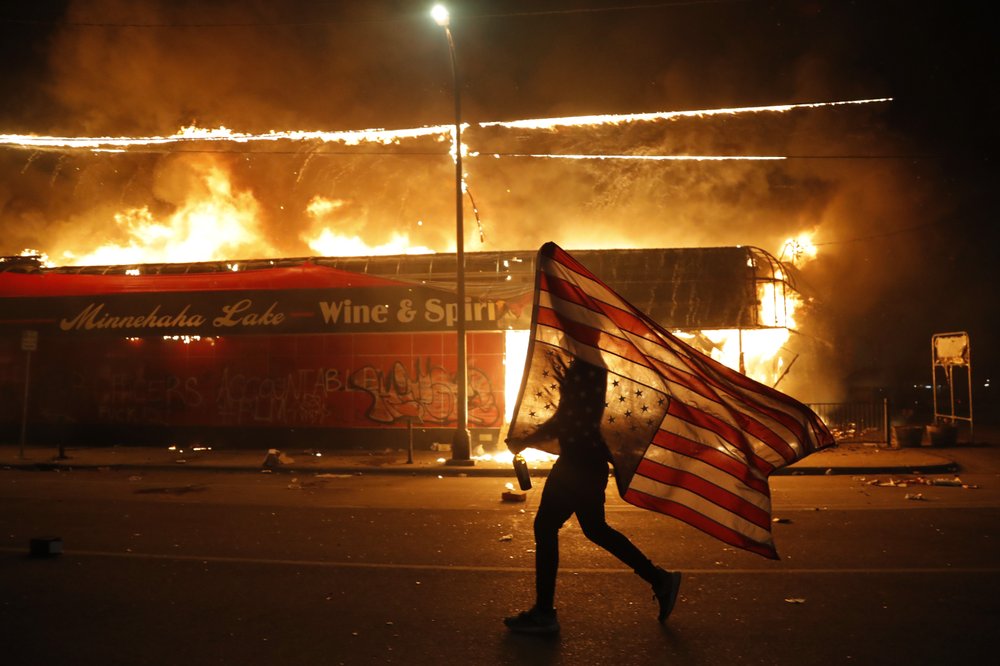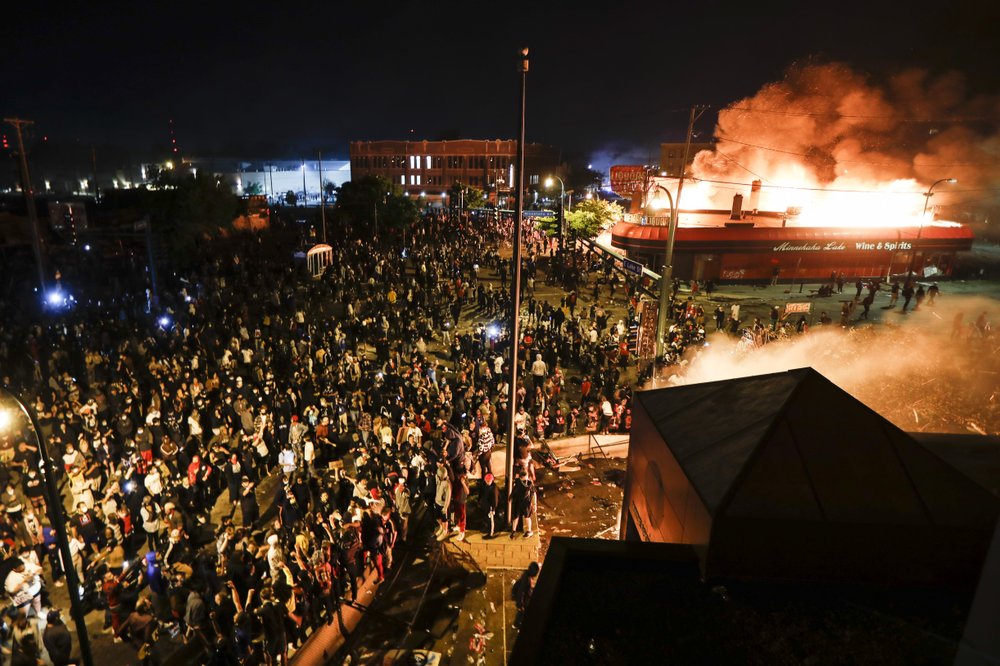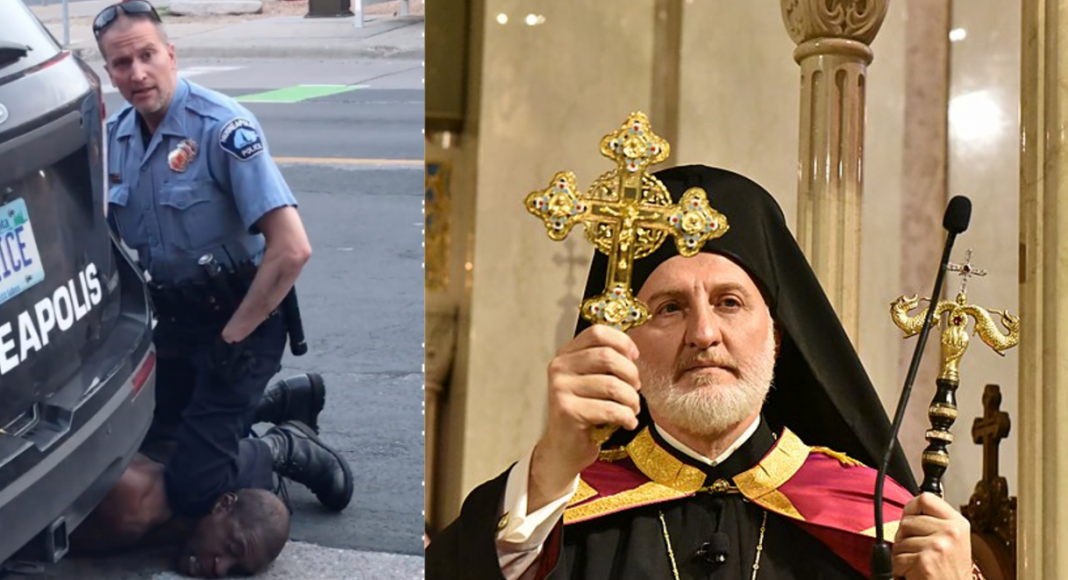The Minneapolis police officer who knelt on George Floyd’s neck was arrested on murder charges Friday and accused in court papers of ignoring another officer’s concerns about the handcuffed black man who died after pleading that he could not breathe.
Derek Chauvin, 44, was charged with third-degree murder and second-degree manslaughter in the case, which sparked protests across the United States and fires and looting in Minneapolis.
Greek Orthodox Archbishop of America Epidophoros described the incident as an “unjust slaying” that “cannot be where America stands.”
“Violence only breeds violence, but when such violence is perpetrated by those in authority, we must all stand up and say:’Not on our watch!’ We must stand against racism and stand for equality for all,” he tweeted on Friday.

Police were trying to put Floyd in a squad car on suspicion of passing a counterfeit $20 bill when he stiffened up and fell to the ground, saying he was claustrophobic. Chauvin and officer Tou Thoa arrived to help and tried several times to get Floyd into the car, but he struggled, the complaint said.
At one point, Chauvin pulled Floyd out of the passenger side of the car, and Floyd, who was handcuffed, went to the ground face down. Officer J.K. Kueng held Floyd’s back and officer Thomas Lane held his legs, while Chauvin put his knee on Floyd’s head and neck area, the complaint said.

Lane asked, “Should we roll him on his side?” Chauvin said, “No, staying put is where we got him.” Lane said he was “worried about excited delirium or whatever,” and Chauvin said, “That’s why we have him on his stomach,” according to the complaint.
After Floyd apparently stopped breathing, Lane again said that he wanted to roll Chauvin onto his side. Kueng checked for a wrist pulse and said he could not find one, the complaint said.
In all, Chauvin had his knee on Floyd’s neck for 8 minutes, 46 seconds, including nearly three minutes after Floyd stopped moving and talking, according to the complaint.

All four officers who were at the scene of Floyd’s death on Monday were fired the next day.
Minnesota Gov. Tim Walz said the state has taken over the response to the violence and that it’s time to show respect and dignity to those who are suffering.
“Minneapolis and St. Paul are on fire. The fire is still smoldering in our streets. The ashes are symbolic of decades and generations of pain, of anguish unheard,” Walz said, adding. “Now generations of pain is manifesting itself in front of the world — and the world is watching.”
Sourced By: Associated Press
